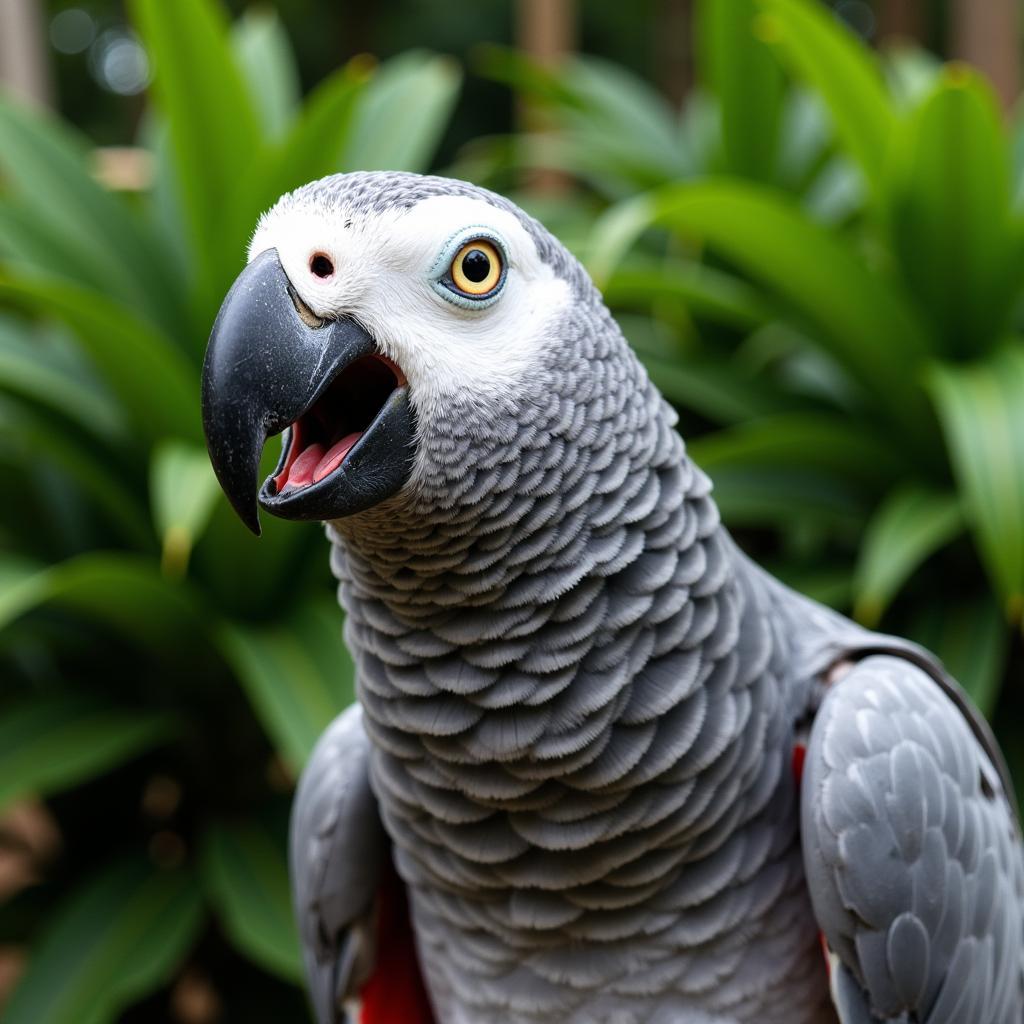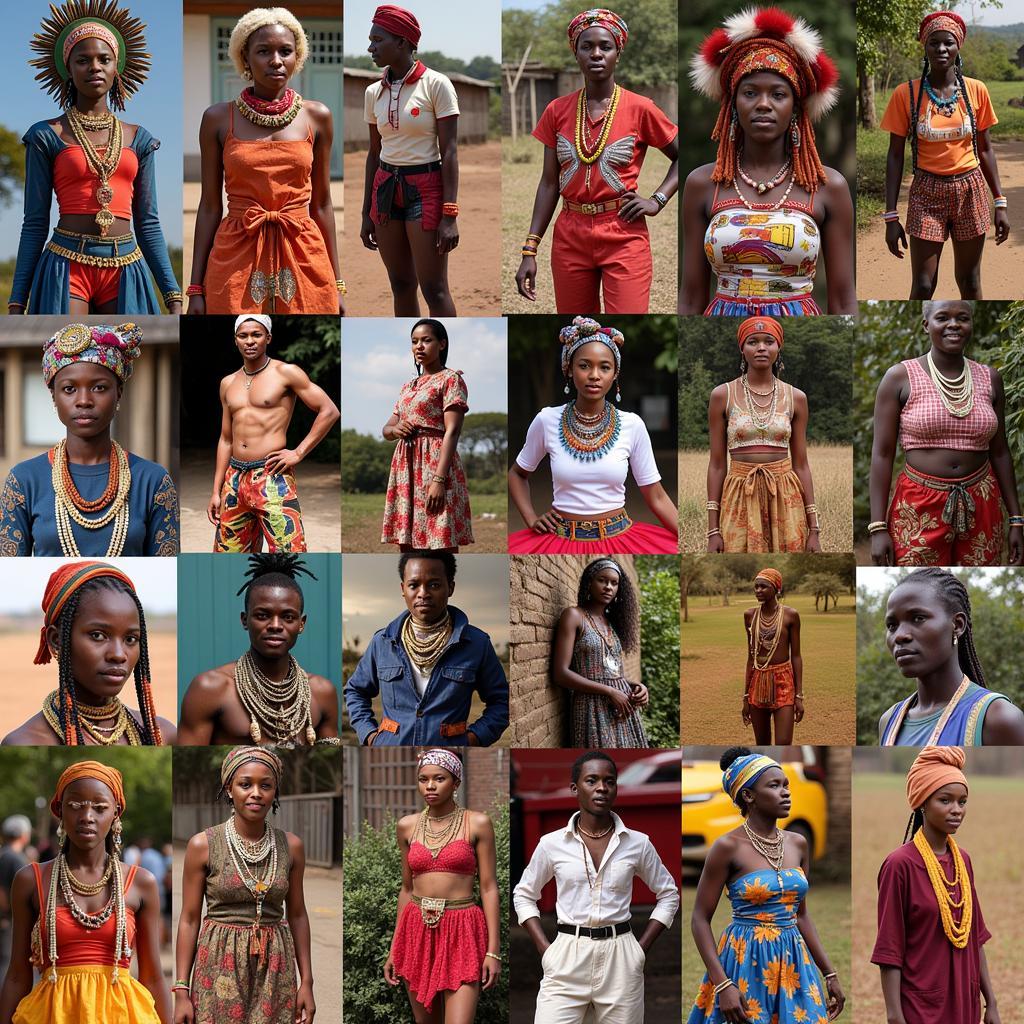The Majestic African Buffalo Head: A Symbol of Strength and Resilience
The African Buffalo Head, a striking symbol of the African savanna, embodies both power and resilience. Its massive horns, fused at the base to form a formidable boss, are a testament to its strength and a key feature in its survival against predators. This article delves into the fascinating details of the African buffalo head, its significance, and its place within the rich tapestry of African wildlife.
The African buffalo’s head is arguably its most distinctive feature. The horns, varying in size and shape depending on subspecies and sex, are a key indicator of age, dominance, and overall health. The horns of older bulls are particularly impressive, often forming a solid shield across the forehead known as the “boss.” This boss provides crucial protection during head-butting contests and fights against lions and other predators. African buffalo facts for kids offers a wealth of information for younger audiences interested in learning more about these magnificent creatures.
Understanding the African Buffalo Head Anatomy
The skull structure of the African buffalo is specifically designed to support the weight of these impressive horns. The neck muscles are also exceptionally strong, allowing the buffalo to wield its head as a powerful weapon. Beyond the horns, the head also houses specialized sensory organs adapted to the savanna environment. Keen eyesight and a highly developed sense of smell help the buffalo navigate its territory and detect potential threats. For a deeper dive into the specifics of the buffalo’s physical attributes, take a look at African buffalo anatomy.
The Significance of the African Buffalo Head in Culture
The African buffalo head holds significant cultural value across many African communities. It is often seen as a symbol of strength, virility, and abundance. In some cultures, the horns are used in traditional ceremonies and rituals, representing connection to ancestors and the spiritual world. Additionally, the impressive size and unique appearance of the African buffalo head make it a popular subject for art, carvings, and trophies, further highlighting its symbolic importance. The African cape buffalo provides more details about the cultural significance and the challenges this subspecies faces.
Why is the African Buffalo Head so Unique?
What sets the African buffalo head apart from other bovids? It’s the combination of the massive horns, the prominent boss, and the sheer size and strength of the skull. This unique combination makes the African buffalo a formidable opponent and a truly iconic symbol of African wildlife. Understanding the adaptations of this impressive creature within its environment can further illuminate its remarkable features, as explored in African buffalo adaptations in the savanna.
Dr. Abena Asare, a renowned wildlife biologist specializing in African megafauna, notes, “The African buffalo head is a marvel of evolutionary adaptation, perfectly suited for survival in the harsh savanna environment.” Another expert, Dr. Kofi Asante, a cultural anthropologist, adds, “The cultural reverence for the African buffalo head underscores its deep-rooted significance within African communities.”
In conclusion, the African buffalo head, with its powerful horns and imposing boss, represents more than just physical strength. It is a symbol of resilience, a testament to the power of nature, and a significant cultural icon in Africa. It serves as a reminder of the intricate connections between wildlife and the human experience. You might also be interested in learning about the African elephant skull, another fascinating example of adaptation in African megafauna.
FAQ
-
What is the purpose of the boss on an African buffalo head?
The boss protects the buffalo’s brain during fights. -
How big can an African buffalo head get?
The head can be over 5 feet wide including the horns. -
Are African buffalo horns used for anything besides defense?
Yes, some cultures use them in traditional ceremonies. -
What is the difference between male and female African buffalo horns?
Males typically have larger and more fused horns. -
Why is the African buffalo considered a dangerous animal?
Its size, strength, and unpredictable nature make it a formidable opponent. -
What are some predators of the African buffalo?
Lions, crocodiles, and hyenas. -
How does the African buffalo head contribute to its survival?
The horns and boss provide crucial defense against predators, while the specialized senses help navigate the savanna environment.
When you need support, please contact us by phone at +255768904061, email us at [email protected], or visit us at Mbarali DC Mawindi, Kangaga, Tanzania. We have a 24/7 customer service team.


